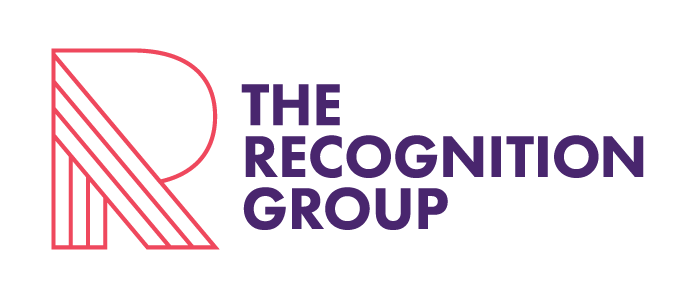How to find your content marketing tone
When most companies start a content marketing program, they focus on things like the topics they’ll write about, the channels they’ll promote their content on, and the anticipated sales uplift they’ll see as a result. Unfortunately, few companies spend enough time on one of the most important questions of a content marketing program; the tone of the content.
Some organisations just seem to get the tone right effortlessly. Their social media, advertising, and paid content all clearly come from the same organisation and resonate strongly with their target audience. You might even be among their target audience. And every time you see a piece of content from that company, you read and enjoy it.
But how often do you step back and wonder about the process behind the content?
You should, because great content doesn’t just happen serendipitously. It’s almost always the result of careful, strategic planning and research. Not to mention extensive testing and trial-and-error. And none of it happens unless the people in charge of content marketing understand the importance of getting the tone right.
First, you need to understand what tone means. Tone refers to the general attitude of your communications. This could mean you’re mostly informative, educational, entertaining, observational, emotional, or something entirely different.
To set your tone and find your voice, follow these five steps:
1. Listen to your audience
People want to be spoken to in ways that make sense to them. That means it’s not a bad idea to mirror your audience’s voice. So, you need to listen carefully to what your customers are saying and how they’re saying it.
2. Understand your customers’ personas
Building a picture of your target audience includes determining their personas. Then you can start to plan how you’ll speak to them. For example, if your target audience includes middle-aged professionals with postgraduate qualifications, then you’ll need to elevate your language compared with the language you’d use if you were communicating to an audience of teenagers.
3. Watch your competitors
The ideal tone is one that sets you apart from the crowd while still making it clear that you belong to that industry or sector. Watch how your competitors communicate and see what works. Then you can consider how you could use similar ideas and put your own stamp on them.
4. Look at your past efforts
If you already have a bank of communications, conduct an audit. See what’s worked in the past and what’s fallen flat. See where you’ve had the most engagement. Then compare those pieces to see what they have in common. If your audience seems to respond best when you’re being informative but casual, for example, then that’s likely to be the right tone for you to strike across all of your communications. Don’t be afraid to rework old content once you have a better idea of what works best for your audience.
5. Don’t forget SEO but don’t make it your sole focus
Too many companies forget about the need to communicate authentically in the desperate desire to achieve search engine optimisation (SEO). Rather than artificially inserting reams of keywords into your content, just write naturally according to your chosen voice. The search engine algorithms won’t reward you for keyword-stuffing and your target audience will soon switch off if your content doesn’t seem authentic. In fact, you’ll get better SEO results with content that genuinely engages your audience, so don’t put keywords first but don’t exclude them either.
To find out how we can help you find your content marketing tone and deliver compelling content that engages your target audiences, contact us today.
